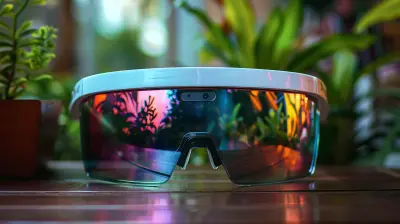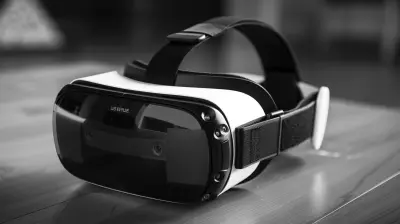The Impact of VR Headsets on the Film Industry
8 August 2025
Let’s face it—virtual reality (VR) isn’t just a buzzword anymore. It’s not some pie-in-the-sky tech fantasy from a sci-fi movie. It's here, and it's shaking up industries left and right. But of all those industries, one that's being seriously flipped on its head is the film industry.
Yep, the age-old tradition of watching movies on a flat screen is being revolutionized by VR headsets. From how stories are told to how we experience them, filmmaking is undergoing a wild transformation—and it's only just the beginning.
So, grab your bucket of popcorn… or rather, your headset. Let’s dive into The Impact of VR Headsets on the Film Industry.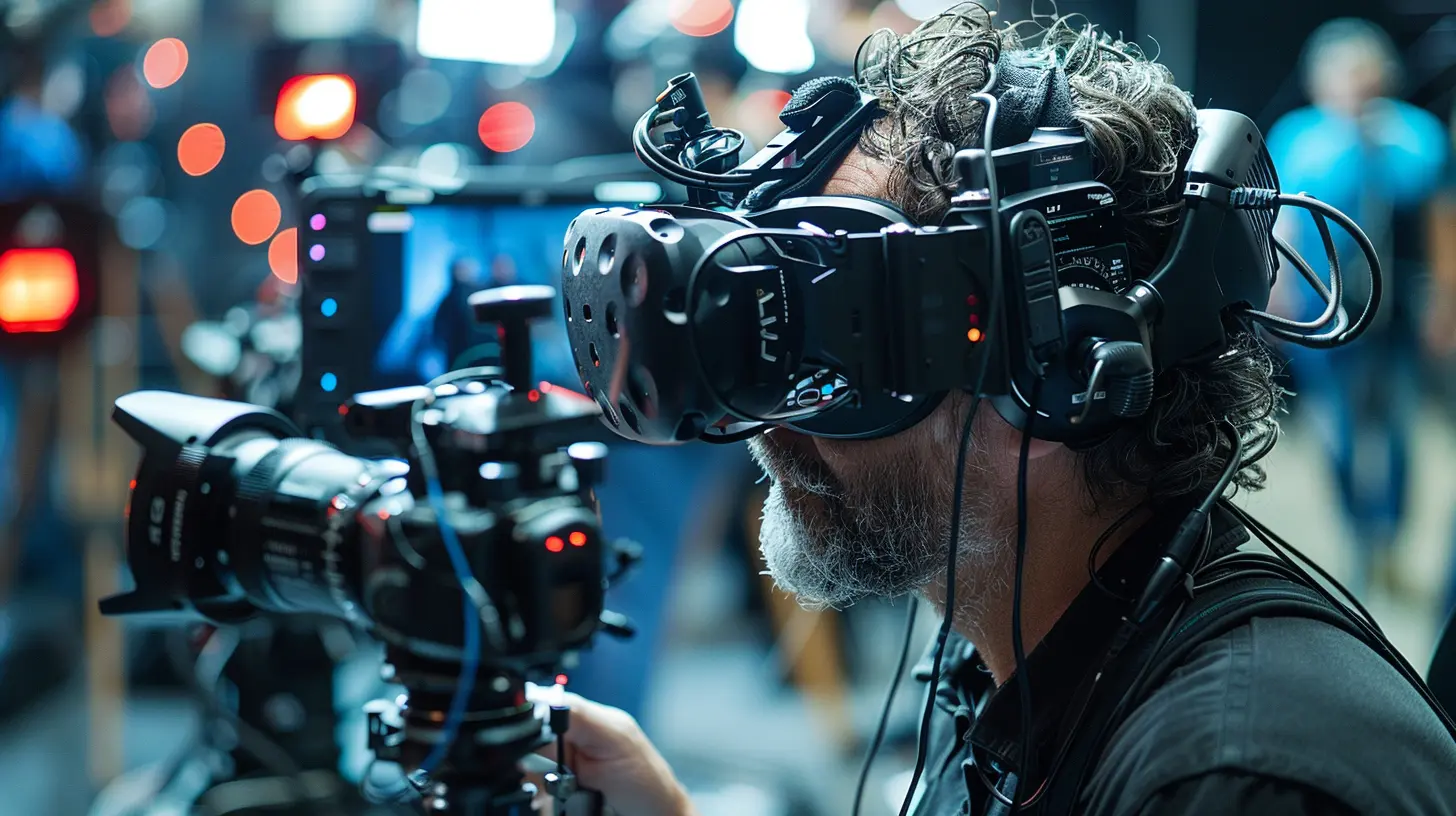
🎥 Traditional Cinema vs. VR Film: What’s the Big Deal?
Now, before we get into the meat of things, let's clear something up. Traditional cinema has always had one job: sit you down and take you on a journey—through characters, stories, and visuals.But VR? It's taking that to a whole different level.
With a traditional film, you're a spectator. With VR, you’re a participant. You’re not just watching the hero swing through the jungle—you’re right there with them. You can look around. You can feel the tension in a confined room. You can literally be in the story. That's a game-changer.
This shift in dynamic is what makes VR such a disruptor in the world of film.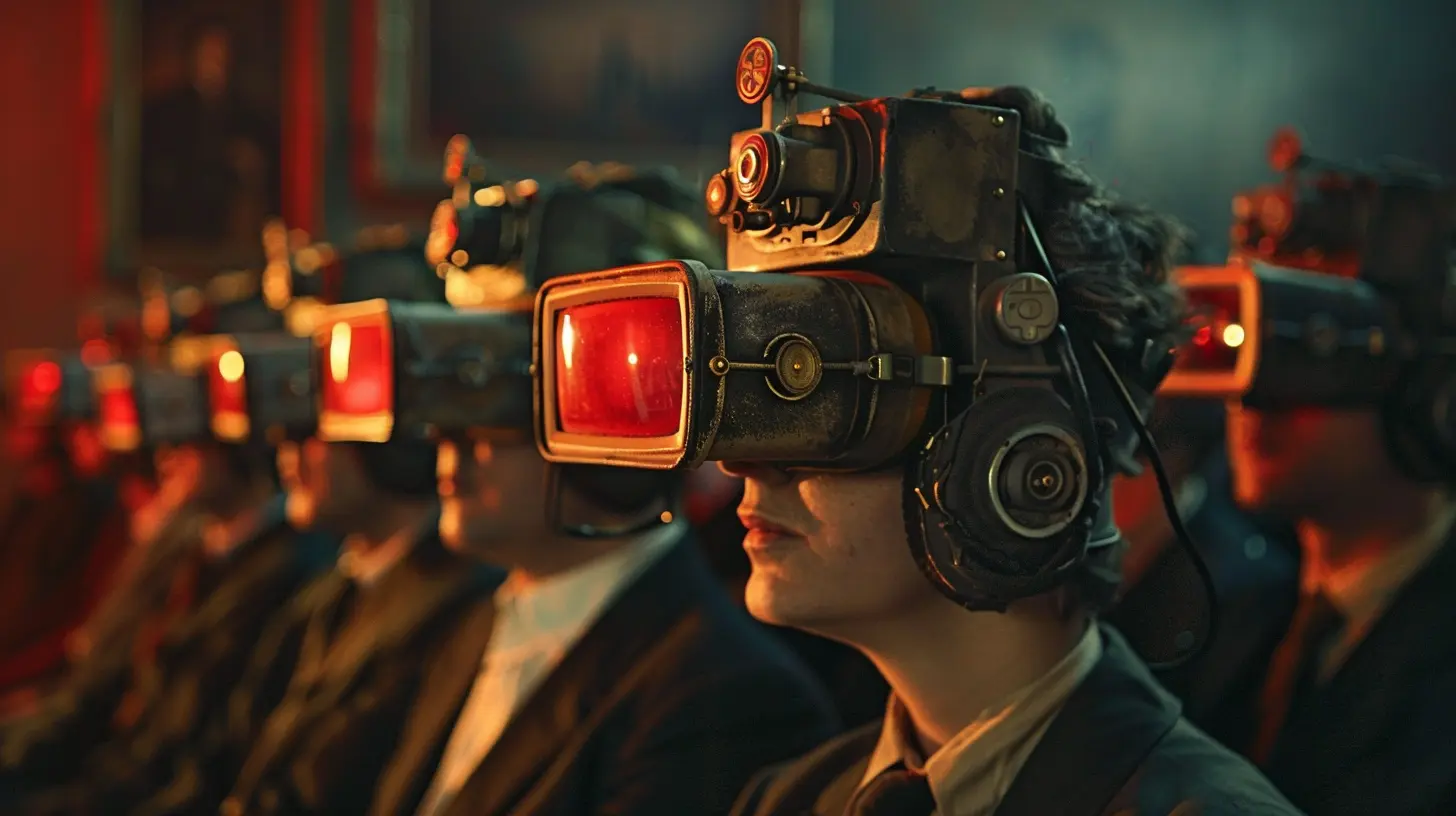
🌍 Immersion is the Name of the Game
One of the biggest selling points of VR headsets is immersion. And wow, does it make a difference in storytelling.Think about it: when you put on a VR headset, the outside world fades away. Your living room? Gone. Your barking dog? Muted. All your senses are tuned into the story being played out around you.
Why Does That Matter?
Because it makes stories more powerful. Every whisper, every shadow, every sound effect feels more intimate, more immediate. Directors don’t just have your eyes for 2 hours—they’ve got your whole world. That’s storytelling gold.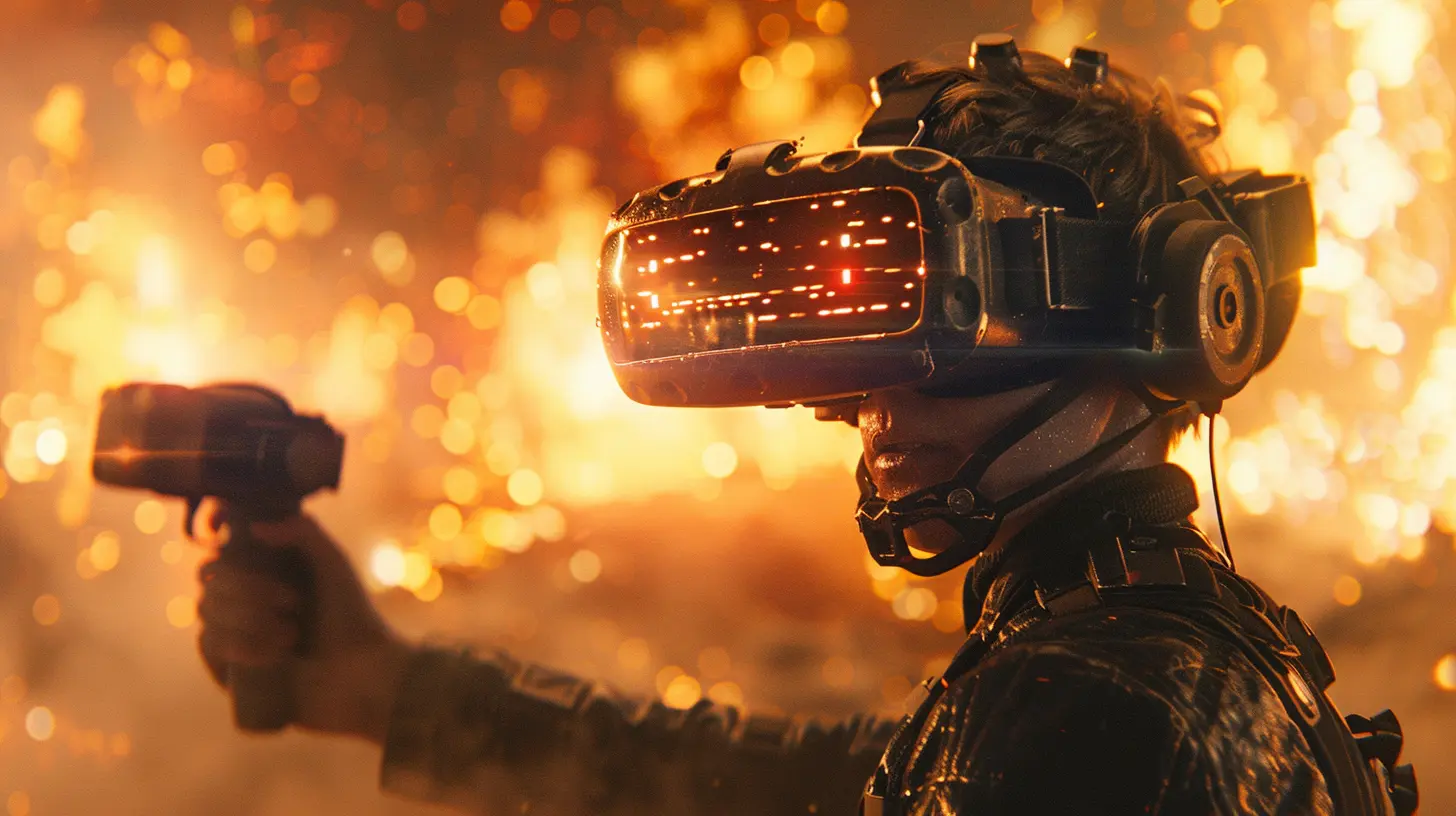
🧠 Rewiring the Way Stories Are Told
Here's the thing: VR doesn’t just change how you watch movies—it changes how they’re made.A New Language of Cinema
In traditional filmmaking, directors guide your attention using camera angles, cuts, zooms—basically, they control your gaze. In VR, that control goes out the window. You can look wherever you want. Behind you. Above you. At the smallest detail in the corner of a room.So guess what? Directors now need to think like architects. They’re designing spaces instead of frames. They need to choreograph action in 360-degrees, plant clues everywhere, and consider where the viewer might look.
It’s like going from writing a novel to designing a theme park.
🎬 Filmmakers Becoming World-Builders
With the boundaries of the screen gone, filmmakers are turning into full-blown world-builders. They’re not just staging scenes—they’re crafting environments. And that means thinking about everything from lighting and sound to shadows and spatial storytelling.The Rise of 360° Video
360° video is one of the big tools here. These aren't fully interactive VR experiences, but they do put you inside a scene. You can turn your head, look around, and feel like you're really there. They’re becoming a go-to for VR filmmakers because they’re relatively easy to produce and offer an immersive taste of what VR can do.🎭 Acting in VR: A Whole New Ball Game
VR doesn’t just change things for the viewer—it totally reshapes things for actors too.In traditional cinema, actors can play to the camera. They know their cues, hit their marks, and work in short takes. In VR? Not so much.
No Cuts, No Hiding
Because VR films often avoid cuts to preserve immersion, scenes are longer, more theater-like. Actors have to perform entire sequences in real-time, often without the safety net of post-production editing.And with no set frame, everything they do could be viewed up close—or not at all. That means every gesture, every expression has to be genuine, even when the "camera" might not be looking.
🎧 Sound Design: The Unsung Hero
Okay, so visuals get most of the glory in VR, but let’s not sleep on the audio. Spatial sound is crucial in VR filmmaking.In a 360° environment, sound cues help you orient yourself. If a door creaks behind you, you’ll instinctively turn your head. If a character whispers off to the side, you'll lean in that direction.
More Than Just Background Noise
Sound becomes a form of storytelling. It nudges, hints, and guides you through the experience. In some ways, it’s the director’s secret weapon in a format where visual control is limited.👨💻 Interactive Storytelling: You Decide the Plot
Here's where things get wild—some VR films are choosing to go interactive. Think of it like a choose-your-own-adventure book, but way cooler.Branching Narratives
In interactive VR stories, your choices affect how the story unfolds. You might decide whether the protagonist goes left or right. Or whether to trust a stranger or not. Each choice can lead to a different ending.This kind of storytelling turns passive viewers into active participants. It’s engaging. It’s addictive. And it completely changes how stories are structured.
💸 The Cost of Innovation: Not Cheap, But Worth It?
Let’s talk money for a sec. Producing VR content isn’t exactly easy on the wallet. The cameras are expensive. The post-production is complex. And the tech is still evolving.But Here's the Silver Lining
As more and more people adopt VR headsets—thanks to Meta Quest, HTC Vive, and PlayStation VR—the demand for content is booming. That means more investment. More creativity. And more chances for filmmakers to experiment and grow this new art form.👀 Audience Reaction: Are Viewers Ready?
So, how are audiences reacting to this brave new world of VR films?Honestly, it’s a mixed bag. Some people are totally hooked—raving about the immersion and emotional depth. Others struggle with things like motion sickness, lack of interactivity, or just the barrier of owning a headset.
But the trend is clear: the more accessible VR becomes, the more people are getting on board.
📈 The Role of Big Studios and Platforms
It’s not just indie filmmakers playing around with VR. Big players are stepping in.Hollywood’s VR Moves
Studios like Warner Bros., Disney, and 20th Century Fox have already dipped their toes into VR. Netflix and Hulu have experimented with VR content. Even Sundance now has a dedicated category for immersive storytelling.When Hollywood bets on something, it usually means one thing: mass adoption is around the corner.
🤯 Challenges VR Filmmakers Still Face
Of course, it's not all sunshine and rainbows. There are real hurdles still to overcome:- Hardware limitations: Not everyone has access to high-end VR gear.
- Motion sickness: A real mood-killer for anyone sensitive to motion.
- Lack of standards: Unlike traditional filmmaking, there’s no one-size-fits-all rulebook for VR storytelling.
- Discoverability: VR films are still pretty niche and often difficult to find unless you know where to look.
But let’s be real—every revolutionary technology faces growing pains. Think about the early days of cinema. Black and white, no sound, rough cuts. Look where it is now.
VR is on that same trajectory. It may take a bit, but it’s headed somewhere extraordinary.
🔮 The Future: What’s Next for VR in Film?
Where is this all heading?Imagine this: going to a "VR theater" where every seat is a headset. Or streaming VR films directly from your favorite platform and watching them in your bedroom—with the Himalayas or Mars as your backdrop.
Or maybe AI will start creating tailor-made VR stories based on your personal preferences. The possibilities are nuts.
And as VR tech improves—lighter headsets, better resolution, haptic feedback, smell integration (yes, really)—the line between you and the story will blur even more.
🚀 Final Thoughts: The Revolution Has Begun
Like it or not, VR is changing the rules of filmmaking. It’s turning passive watching into active experiencing, and linear storytelling into boundless narrative exploration. It’s challenging filmmakers to think differently, and inviting audiences to dive deeper.Yes, there are bumps along the road. But every major innovation in film—from color to 3D to streaming—had its doubters. VR is just the next evolutionary leap.
So, next time someone hands you a VR headset and says, “Wanna watch something?”, don’t think of it as a movie night. Think of it as a portal—and get ready to be transported.
Because the future of film? It’s not on a screen… it’s all around you.
all images in this post were generated using AI tools
Category:
Vr HeadsetsAuthor:

Jerry Graham
Discussion
rate this article
1 comments
Cadence McPhail
Great article! It’s fascinating to see how VR technology is reshaping storytelling in the film industry. The immersive experiences offered by VR headsets not only enhance audience engagement but also open up innovative avenues for filmmakers. Looking forward to seeing how this evolves in the coming years!
August 15, 2025 at 3:11 AM

Jerry Graham
Thank you! I’m glad you enjoyed the article. It’s exciting to witness how VR is transforming storytelling, and I share your enthusiasm for its future developments!
